
Jun10 2021
2021 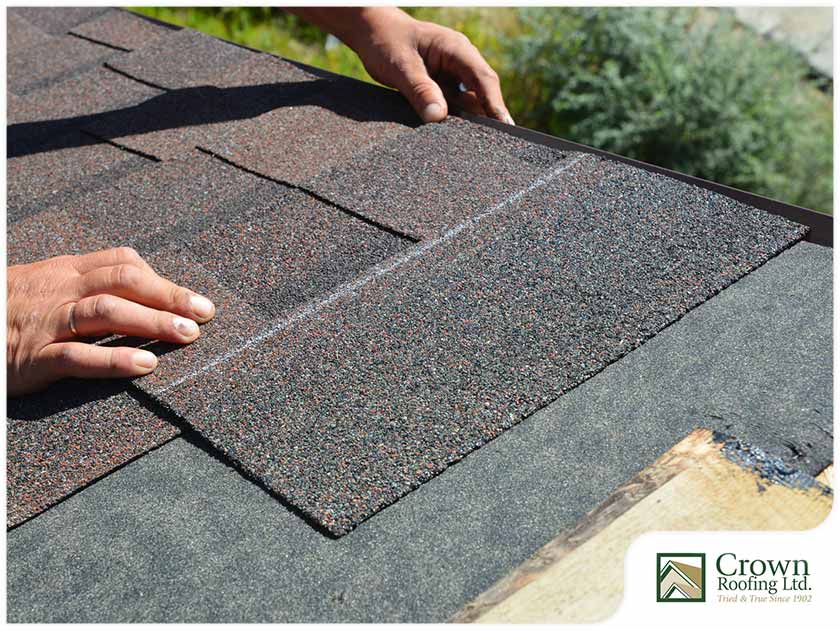
 2021
2021 Is It Time to Replace Your Roof?

For roofing experts, knowing the right time to get a new roof could be the difference between not having to worry about leaks for the next decade or more headache and wasted money on repairs. Today, we’re going over how to tell if it’s time to get a new roof for your home.
Jun04 2021
2021 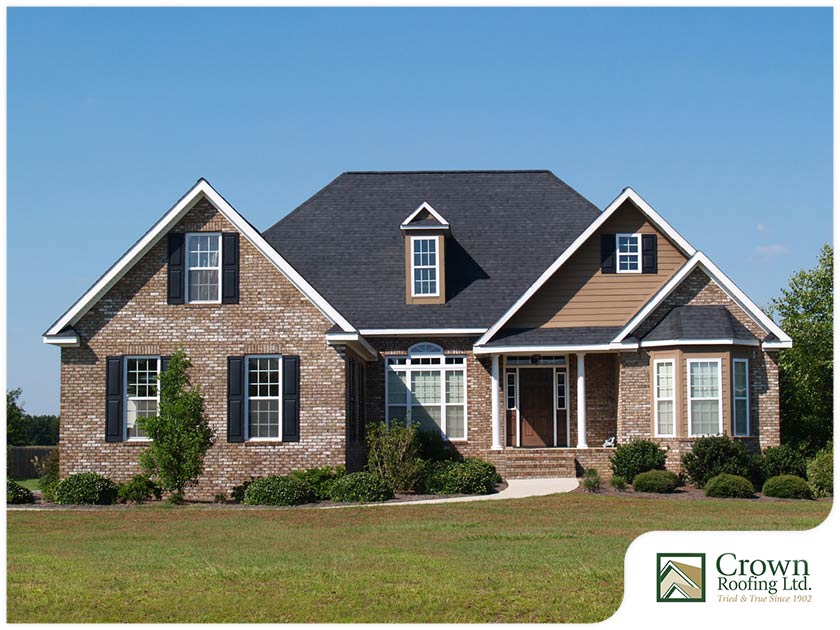
 2021
2021 How to Pick a Timeless Color for Your Roof

With home design trends changing every now and then, it can be tricky to make sure your roof never looks outdated. According to the leading roofing company in the area, picking a color that never goes out of style is a great way to keep your home from looking too old, so here are a few tips on choosing that timeless roofing color.
May21 2021
2021 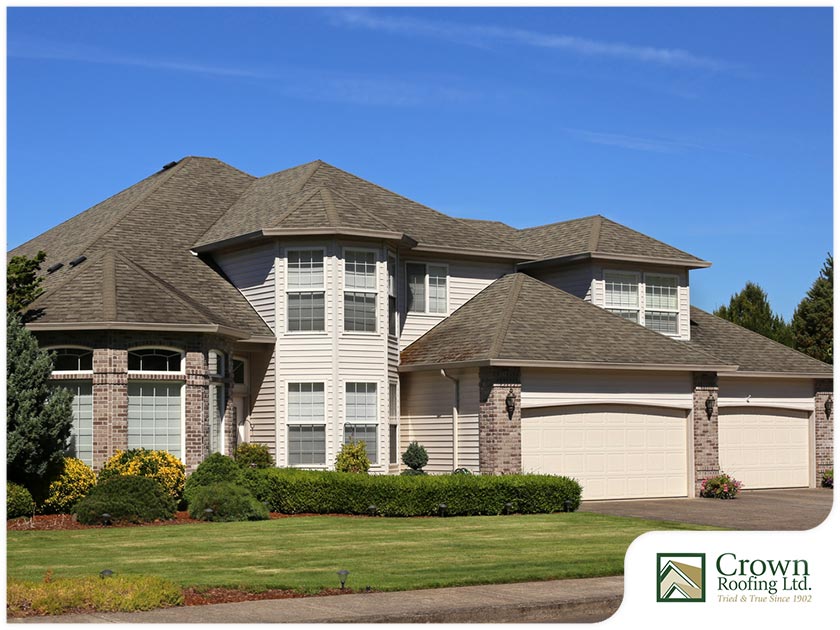
 2021
2021 The 3 Types of Asphalt Roofing Shingles

Asphalt roof shingles are the most popular roofing choice in America. They are designed to be durable and affordable, and they are available in hundreds of colors and styles to match almost any exterior. There are three major categories of asphalt roofing shingle products available today - strip shingles, dimensional shingles and luxury shingles. It is important to understand the differences between each type of roofing shingle to pick the right product for your home.
May19 2021
2021 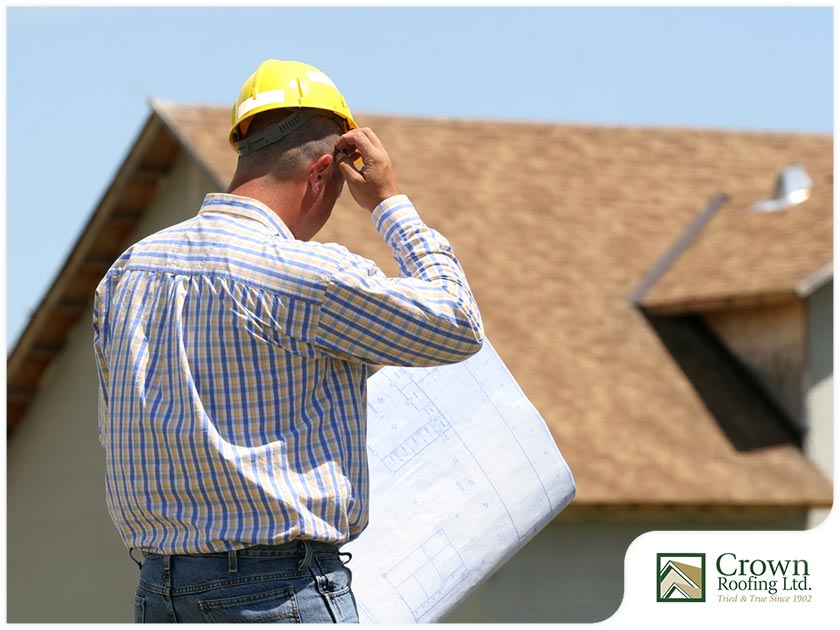
 2021
2021 4 Roof Replacement Planning Mistakes You Need to Avoid

Good planning helps you make better decisions and minimizes future uncertainties when it comes to residential roofing replacement. It will keep you on track and within budget as well as help you avoid problems down the line. Here are four common mistakes to avoid while planning a roof replacement.
May14 2021
2021 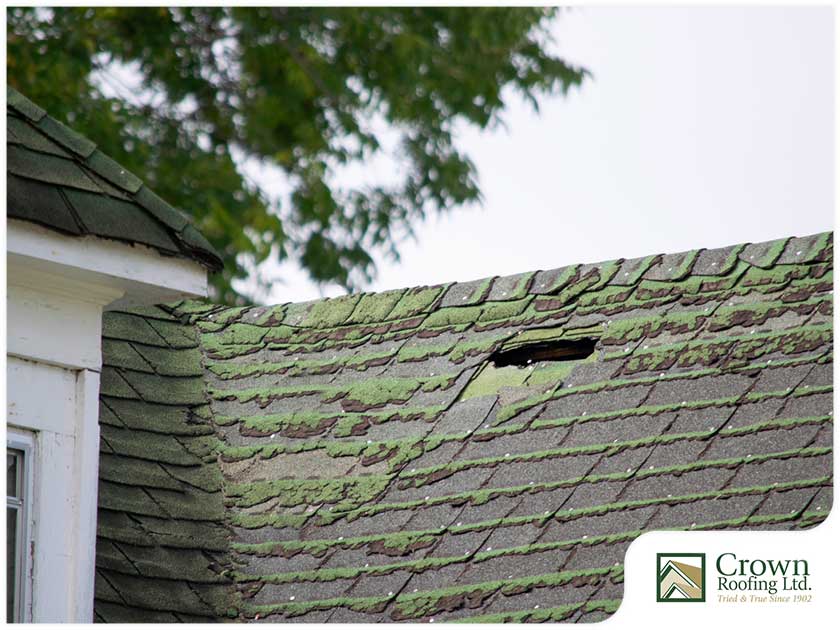
 2021
2021 Why Roofing Repairs Are a Top Priority

No home is complete without a roof. It protects your home from the elements, and it is what keeps your home and family safe and dry. Over time, however, it will sustain damage that if left unchecked and will prove dangerous to the overall state of your home. Here are top reasons why it pays to have your roof repaired as soon as possible:


 Home
Home